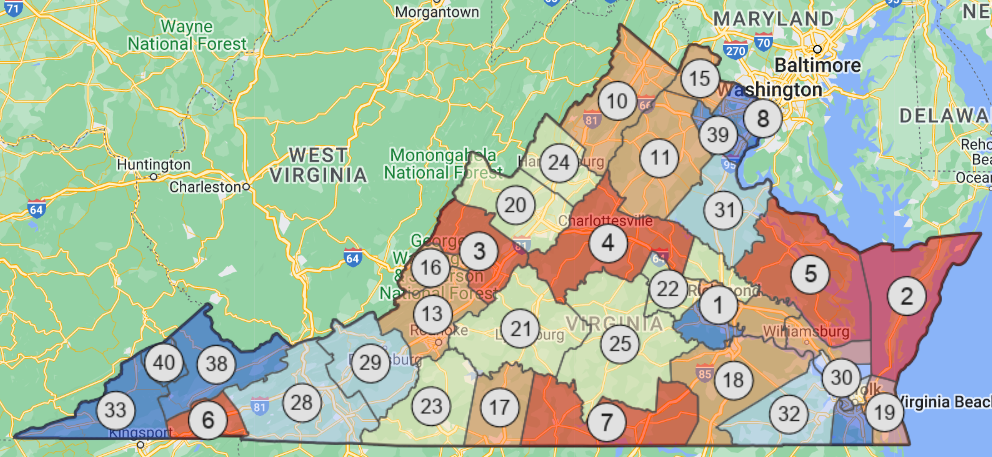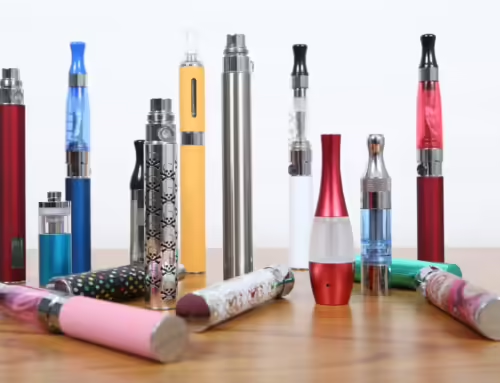Mapping is a public health tool that has been used for centuries to find patterns, tell stories, and support policies. In 1854, mapping the location of cholera deaths allowed John Snow to identify a pattern and ultimately determine the source of the outbreak. While our technology has greatly improved, the same basic idea of using maps to ask questions and solve problems remains an important public health strategy today.
An alcohol outlet is a term used to describe the retail environment, specifically referring to a place where alcohol may be legally sold for the buyer to drink there (on-premises outlets, such as bars or restaurants) or elsewhere (off-premises outlets, such as liquor stores). Knowing where these outlets are located throughout your community can be beneficial in informing policy and programmatic strategies.
Mapping alcohol outlets can answer a number of questions about the retail environment:
What is alcohol outlet density?
Alcohol outlet density is defined as the number of physical locations in which alcoholic beverages are available for purchase either per area or per population. Increased alcohol availability is associated with increased alcohol consumption that can lead to a number of public health and safety concerns, such as violence, traffic crashes, and property damage.
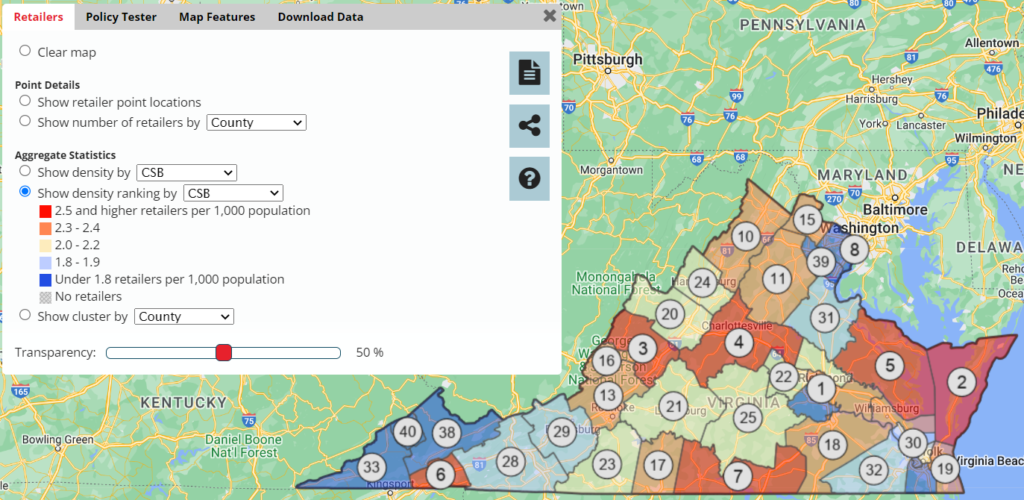
How does the alcohol outlet density compare to other locations? How does the measure change based on demographics?
Because alcohol outlet density varies widely among states and communities, an understanding of these differences across geographies and across demographics should guide the development of public health interventions for reducing alcohol outlet density. Research shows that neighborhoods with a higher proportion of Black residents or more families living in poverty tend to have a higher alcohol outlet density.
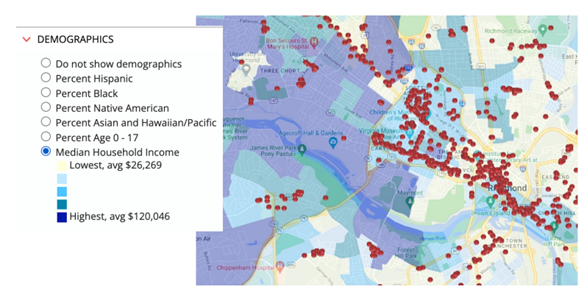
- How would policy impact the retailer landscape?
There is strong scientific evidence that regulating alcohol outlet density is one of the most effective strategies for reducing excessive alcohol consumption and related harms. Alcohol outlet density can be regulated through licensing or zoning restrictions that can cap the number of alcohol outlets or restrict the locations where alcohol can be sold. Mapping offers the ability to visualize the specific retailers that will be impacted by a policy and the potential of the policy to address disparities in retailer density.
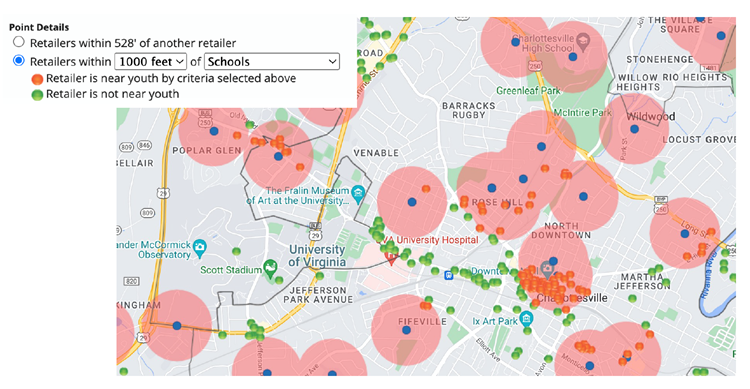
The images included in this post are screenshots from Counter Tools’ Virginia Store Mapper. The Store Mapper is a web-based software tool for visualizing, analyzing, and synthesizing the retailer landscape. The Store Mapper can incorporate point locations for tobacco, alcohol, and cannabis retailers. To learn more about strategies for addressing the retail environment or to inquire about our software tool, contact [email protected].

